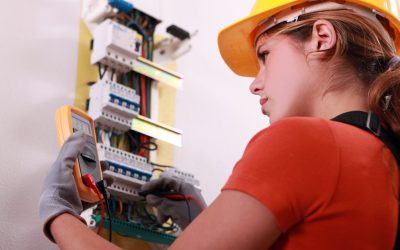A pressure transducer is the same as a pressure sensor. It helps you identify the pressure and converts – indeed, transducers it – into electrical energy, as Sensorland says. That electrical signal is then used to monitor and control pressure in many kinds of electronic control systems.
Types of Pressure
There are three types of pressure: absolute, gauge and differential pressure. Absolute pressure is always measured about a high vacuum source. Gage pressure, on the other hand, is measured relative to present atmospheric pressure. Differential pressure is the difference between any two process pressures. A wet wet differential pressure transducer, for instance, is designed to measure – with great accuracy – the differential pressure measurement of air and gases, so long as the gases are compatible. It’s also used on liquids.
How It Works
When exposed to a pressure source at the same time that it is connected to the right electrical source, a pressure transducer will generate an electrical output signal in the form of frequency, current or voltage that is equal to the pressure applied. A pressure transducer has a sensing element of constant area. It responds to force that fluid pressure applies to this area.
The Electrical Signal
hydraulics & pneumatics says that pressure transducers often need an electrical input, also called excitation. When it comes to high-level voltage outputs, transducers function when connected to voltage sources. Also, by routing transducer output with the use of an analog to digital converter, it’s possible to interface digital control circuits. This can also happen when you use a transducer with a frequency output. In both cases, the pressure is tracked by a series of microprocessors and programmable controllers along with computers and a whole lot of electronic instruments.
Factors in Choosing Outputs
First, you’ll have to consider the type of device set to receive the transducer’s output signal. That is, is it a programmable controller? Or a panel meter? Maybe it’s a signal conditioner. You’ll have to take that into firm consideration.
Second, you’ll have to note the distance that lies between the transducer and the device you’ve set to receive the output.
Third, you’ll have to do your research and look into the environment to check for electromagnetic interference or EMI in any shape or form. It can come from power lines and solenoid valves, motors, two-way radios, and welding equipment, among others.



